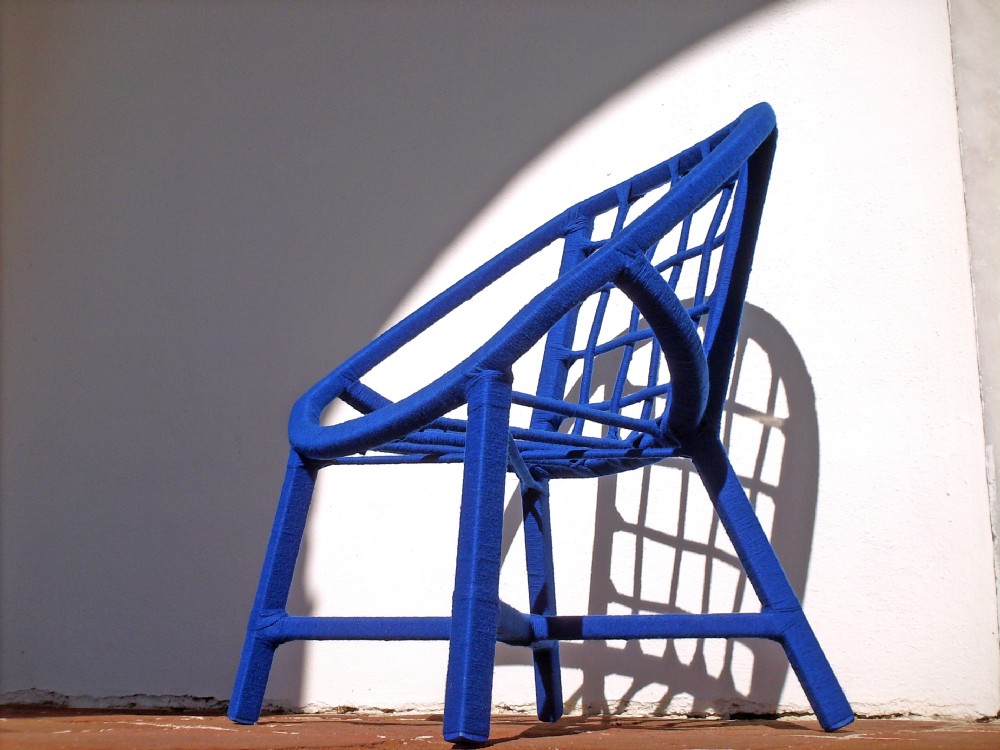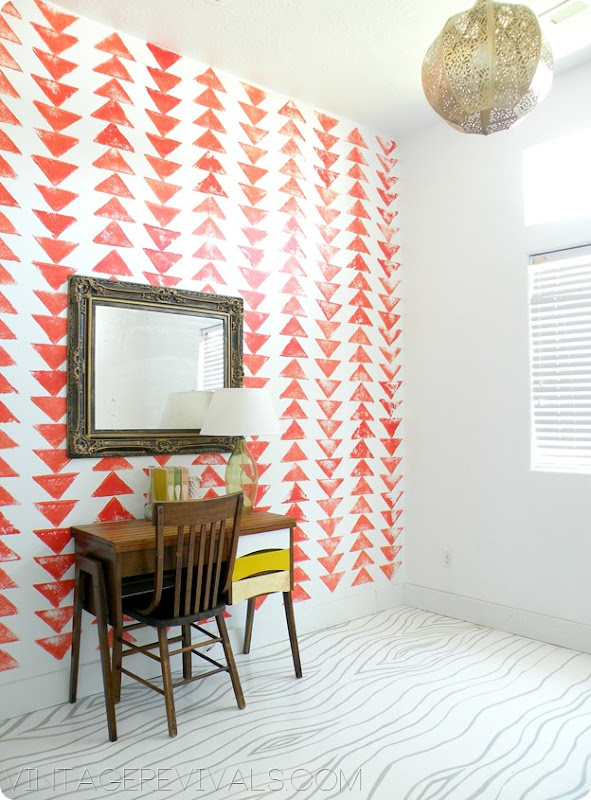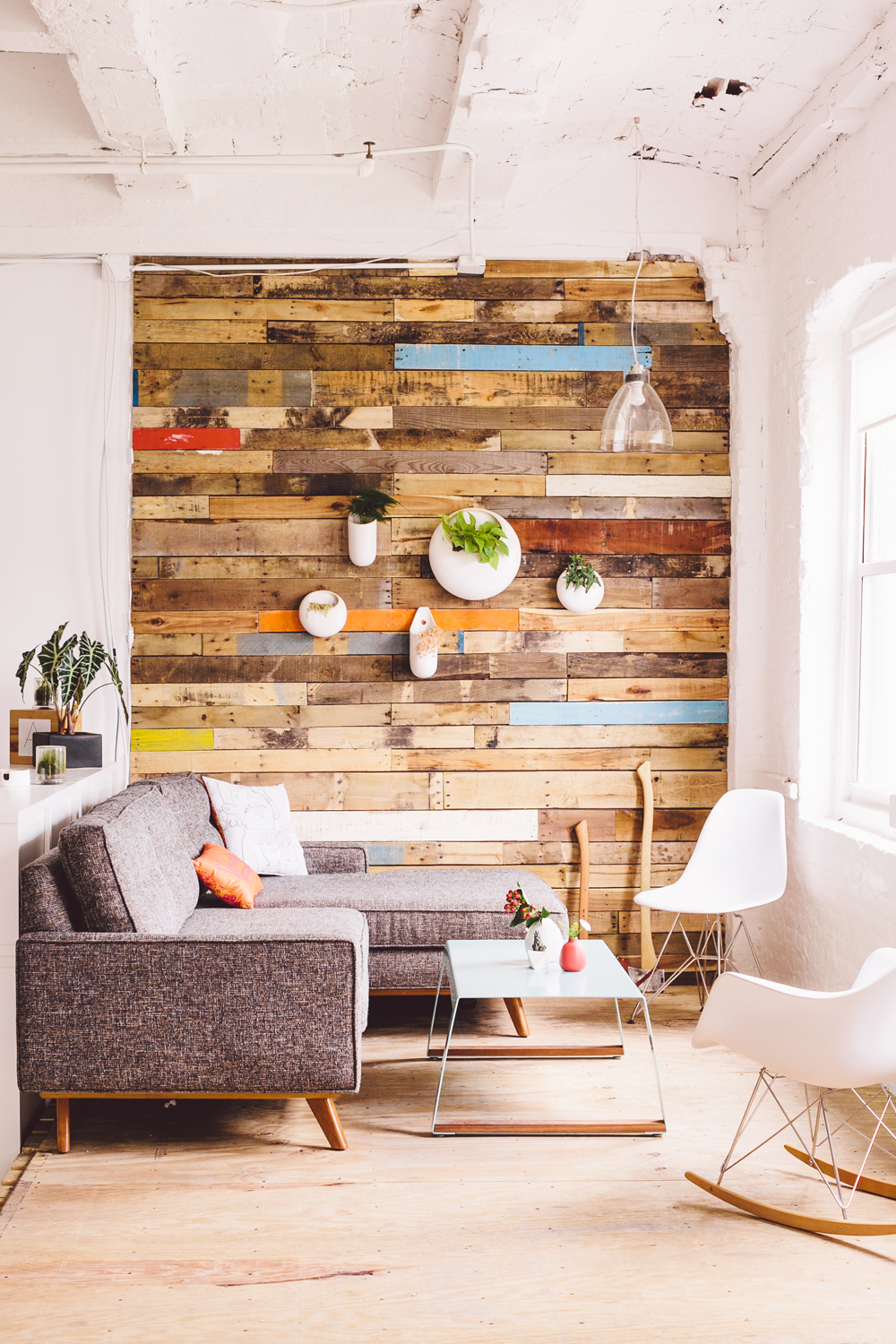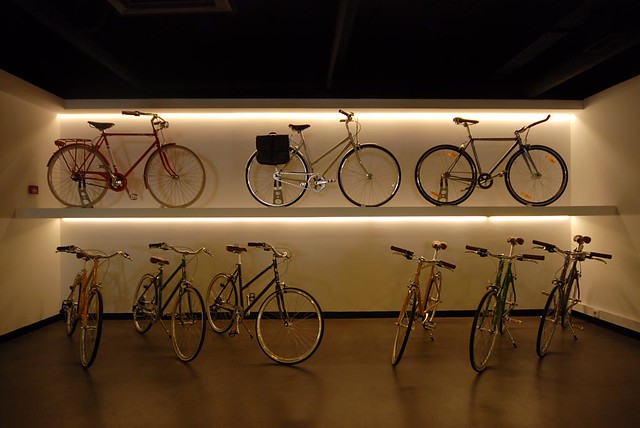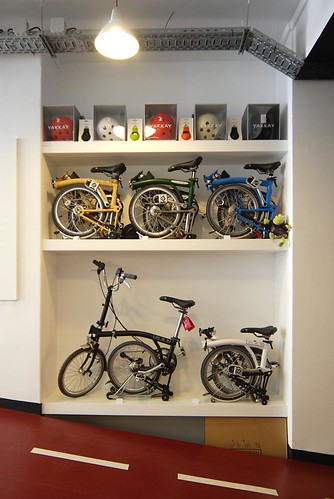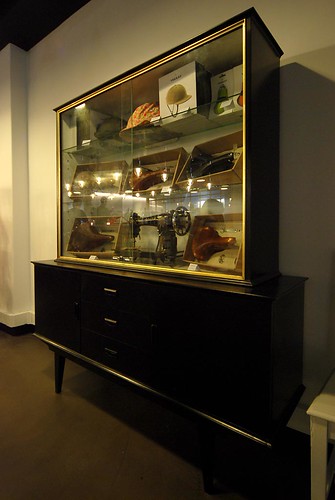I was invited by Nanocrete participate in a Microcrete microcement
workshop and, seeing at 351 Design Street we have a particular interest in
concrete (Marta wrote a post about this material here) and its multiple uses, I
accepted the challenge.
Microcement allows for minimalistic results that are similar
to cement and is currently being used extensively due to the contemporary
language it conveys to architecture and design. Aesthetics, functionality and
the quick application method, make this material a good choice for spaces in
need of renovation, especially if the floor or the walls are to be replaced
without removing the existing ones.
With a wide color palette, this material is used in
interiors and exteriors, and can be applied on the several surfaces, such as
wood, MDF boards, tile or even glass. It does not need expansion joints (except
when applied on a material that needs these joints), it is water and grease
resistant and has low weight.
The versatility of the material allows that extraordinary
environments and design pieces be created: the floors and kitchen counters, as
in the restaurant Conceito in Estoril (Portugal), or 1300 Taberna at the LXFactory, Lisbon (Portugal); in bathrooms or decoration details, as can be seen
in the bas-relief letters in the Hotel Casa do Conto, in Porto (Portugal)
designed by the Pedra Líquida architecture collective or in the
extraordinary The Initiation project, designed by Wei Yi Design Associates.
Microcrete is a brand among several others in the market,
but this one, not only does it give everyone interested the opportunity to
participate in a workshop to get to know the product, but it can also state
they are 100% Portuguese!
Ana



